Founder’s Day, Part I: A Short History of Pauline Agassiz Shaw
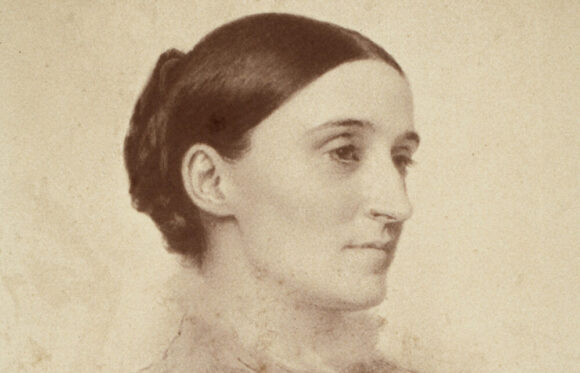
Born on February 6, 1841, Pauline Agassiz Shaw was a philanthropist, educator, and social reformer who significantly impacted not only our School community, but also the history of Boston and the nation. Pauline’s many accomplishments include opening the country’s first public kindergartens, funding the suffragette movement, and developing settlement houses—to help the poor, needy, and newly-arrived immigrants in Boston.
Significantly, she founded America’s first trade school, whose mission lives on today through our unique training, programs, and community at NBSS. We’ll celebrate our annual Founder’s Day on February 12, 2025.
Below is a biographical summary of Pauline Agassiz Shaw, culled from various sources provided at the end of this piece.
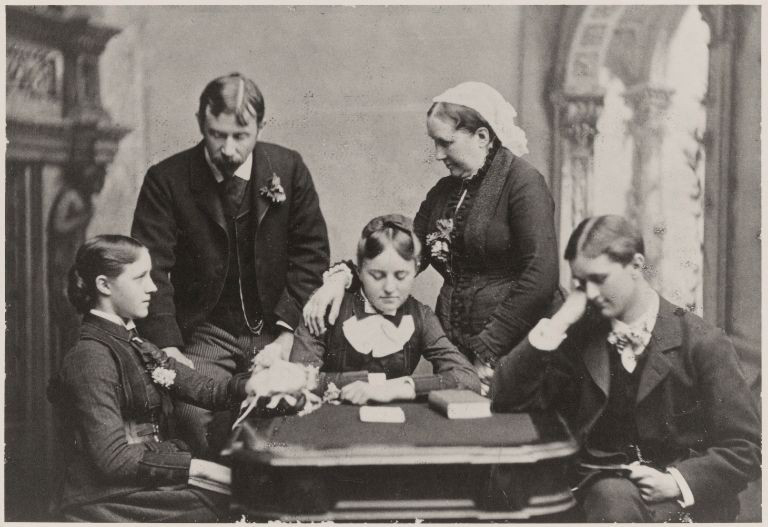
Pauline Agassiz Shaw (1841–1917) was the Swiss-born daughter of the Harvard naturalist Louis Agassiz and Cecile (Braun) Agassiz. After the death of her mother, in 1850 Louis married Pauline’s stepmother, Elizabeth Carey Agassiz, later the founding president of Radcliffe College.
Though the family was known to the more prominent upper class of Boston society, they had comparatively limited financial means. To help support the family, Elizabeth opened The Agassiz School for Girls in the attic of their Cambridge home. Ultimately, this supplied a substantial amount of the family income, and provide an intellectually rich environment for Pauline’s upbringing. It also infused within her a respect for learning, especially the education of women and children.
In 1860, at the age of 19, Pauline’s life changed dramatically when she married Quincy Adams Shaw, a successful businessman in the copper mining industry. They went on to have five children, a pivotal feature that would later factor into Pauline’s life as an educational pioneer. In addition to his financial success, Quincy’s family had for generations contributed to civic society through their charitable giving. This set the stage for Pauline’s significant philanthropy, as she was less concerned with material things, and instead determined to put her wealth to good use.
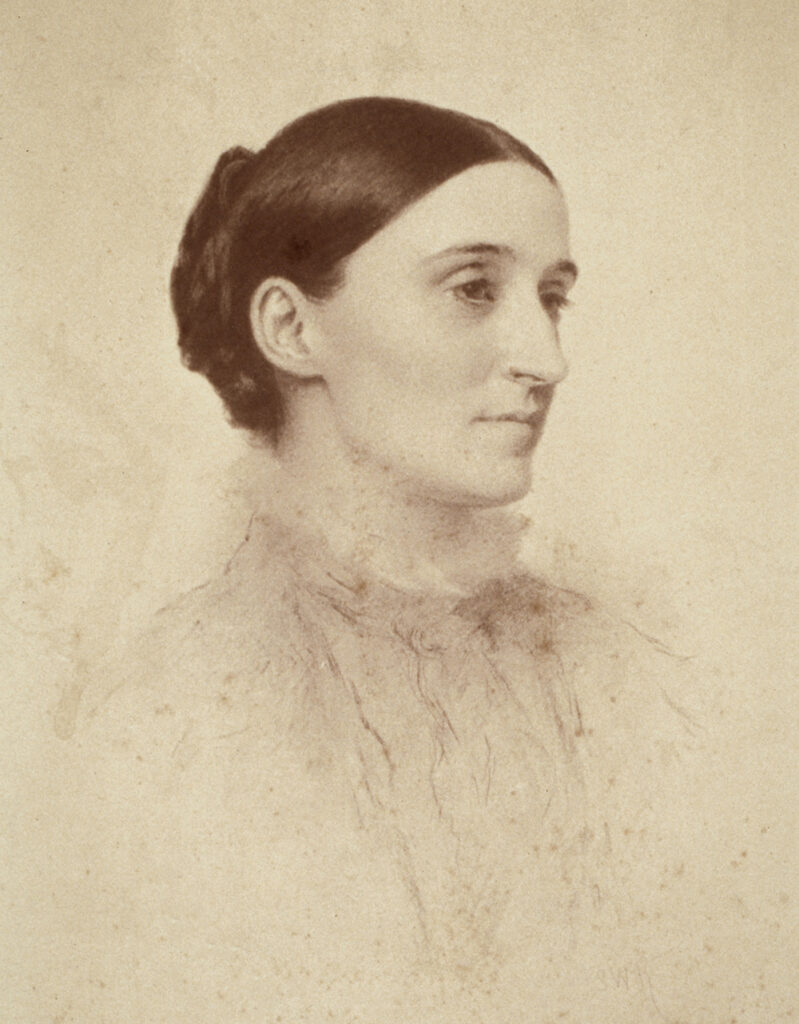
According to Rewarding Work: A History of North Bennet Street School, Pauline’s “interest in education increased significantly during her search for the best methods by which to educate her own children,” and she established a small, progressive school for them and their friends in the 1860s. In 1877, through the influence of her friend Elizabeth Peabody, she opened two charity kindergartens and a day nursery, which would become forerunners to a burgeoning movement in America.* These early kindergartens, in Brookline and her own Jamaica Plain neighborhood, were fully supported by Pauline, from furniture and supplies to salaries and heat. By 1883 these two had expanded to 31, and by 1888, more than a dozen were incorporated into the Boston public school system—a vision of Pauline’s from the start.
Two of Pauline’s best known kindergartens would be located in Boston’s North End, a densely populated neighborhood comprised mostly of Jewish, Irish, and Italian immigrants. During the day, working parents were forced to turn their children out into the streets to care for themselves. Recognizing an urgent need, social reformers like Pauline stepped in to fill the gap: day nurseries and kindergartens were second homes where children could receive attention and care, as well as a well-rounded education. Over time, these establishments evolved into settlement houses where those newly arrived in the U.S. could receive a wide range of supportive services, and later vocational training.
In the late 1870s, Pauline’s work became known to Harriet Clark Caswell, a social reformer in her own right who operated the North End Industrial Home (NEIH). Though Harriet held a strong religious perspective (as opposed to Pauline’s more secular point of view), the two shared a strong belief in improving society through educational means. Observing the conditions of the crowded neighborhood, Harriet initially established the Home as a place where women could find opportunity and work such as sewing or laundering clothing.
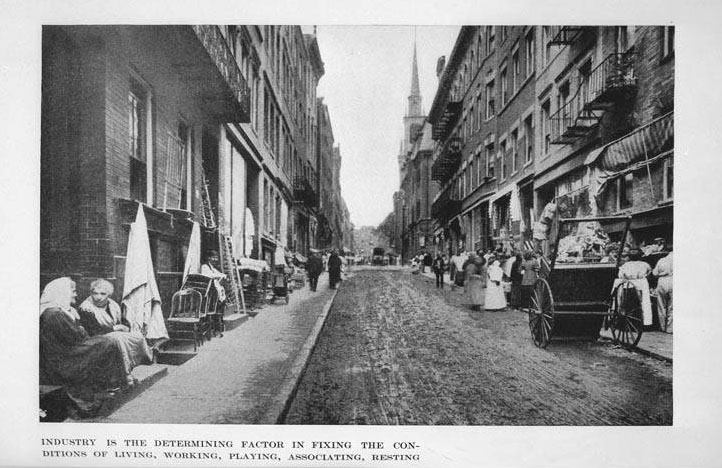
Connecting with Harriet and inspired by what she saw, Pauline fully financed the Home’s building lease, while also providing a stream of funds for a new kindergarten and day nursery based on her own models. With Pauline’s support, the programming grew to encompass a loan office, reading room/library, amusement room, and spaces for training both women and children, including a cooking school/cafe and workshops for carpentry and printing.
Within a few short years, Pauline’s role would grow substantially, from that of an anonymous “angel” supporting NEIH operations, to leading the organization into a new era of education and social reform. Taking the best of all that she had learned in her many educational experiments and social initiatives, Pauline developed a new mission and scope for the nonprofit. Focused on vocational training—and influenced by Sloyd, an educational method that promoted the manual arts—she established a progressive school rooted in humanist philosophy that would be for women, men, and children of all backgrounds.
The North Bennet Street Industrial School (NBSIS) was thus born, and would soon grow to be an essential hub for social, occupational, and creative activity both within the neighborhood, and beyond.
Learn more about the origins of North Bennet Street School through these stories:
- A Short History of Pauline Agassiz Shaw
- Sloyd Training & the Whole Person
- NBSIS: Growth and Experimentation
- NBSS: A New Era, Rooted in History
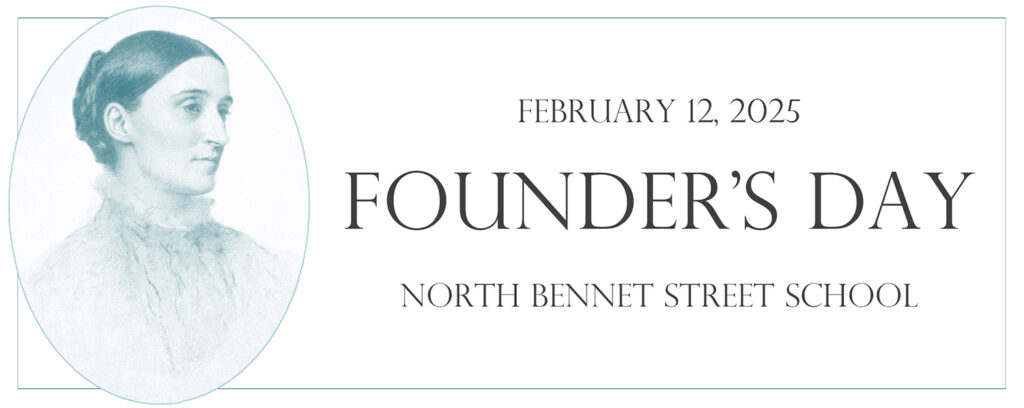
Editor’s Note: An outsize portion of this biography was gleaned from Rewarding Work: A History of Boston’s North Bennet Street School. The biography above provides just a glimpse into the life of Pauline Agassiz Shaw, with much more detail, context, and nuance to be found in the hardbound, illustrated volume. Many thanks to the authors for their rigorous study and insight.
Historic images courtesy Schlesinger Library, Radcliffe Institute, Harvard University.
Sources
- Barrett Litoff, Judy. European Immigrant Women in the United States: A Biographical Dictionary, Garland Publishing, 1994.
- Beatty, Barbara. Preschool Education in America: The Culture of Young Children from the Colonial Era to the Present, Yale Univ Press, 1997.
- Bevier, Isabel, Usher, Susannah. The Home Economics Movement, Part 1, Nabu Press, 2009.
- Compston, Christine, Stephen Senge, and Walter McDonald. Rewarding Work: A History of Boston’s North Bennet Street School, Boston, 2018.
- Dabney Malcom Forbes, Rose, Greener, George, Moffat, Adelene. Pauline Agassiz Shaw: Tributes Paid Her Memory, North Bennet Street Industrial School, 1917. (PDF)
- Hurd Smith, Bonnie. Pauline Agassiz Shaw. 2006. https://bwht.org/pauline-agassiz-shaw/ (accessed 2019)
- Ohles, Frederik, Ohles, Shirley G., Ohles, Shirley M., Ramsay, John G. A Biographical Dictionary of Modern American Educators, Greenwood, 1997.
*A small number of private kindergartens had been founded a few years earlier by educators such as Elizabeth Peabody, but Pauline’s were the first public, English-speaking kindergartens, which were later successfully rolled into the Boston public school system.